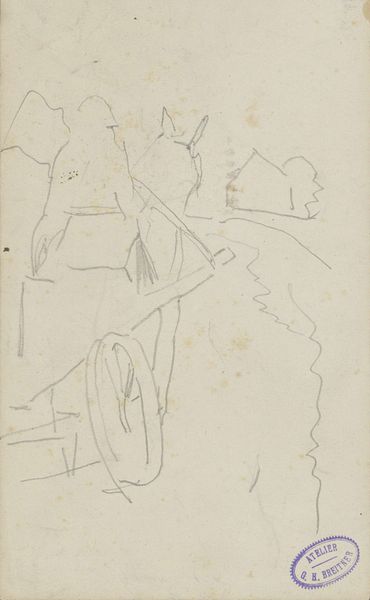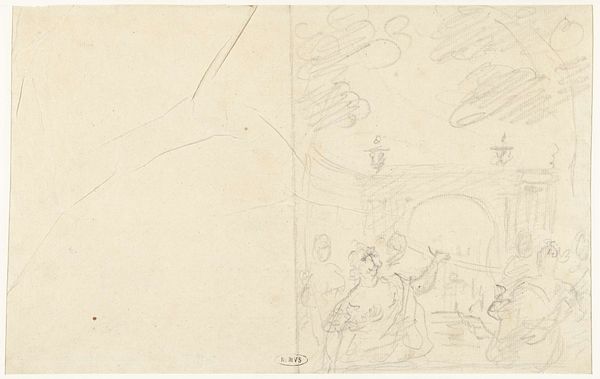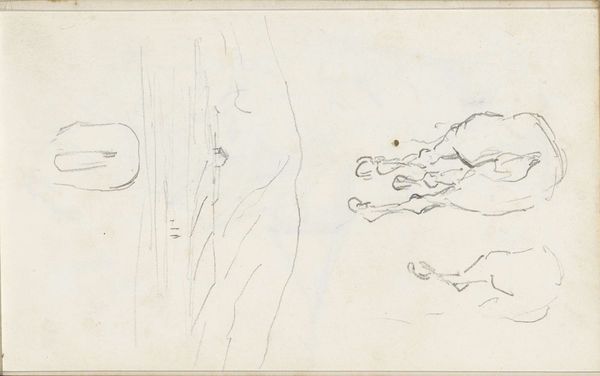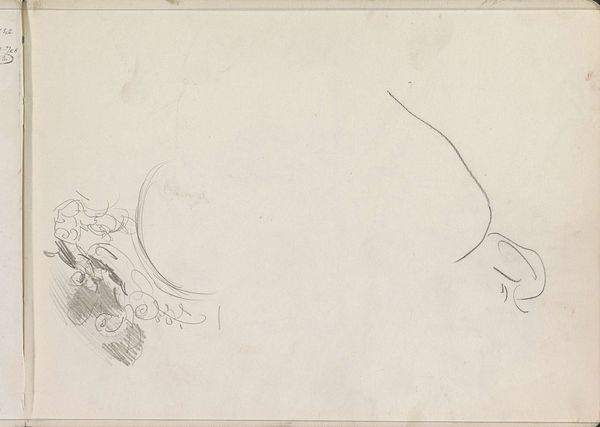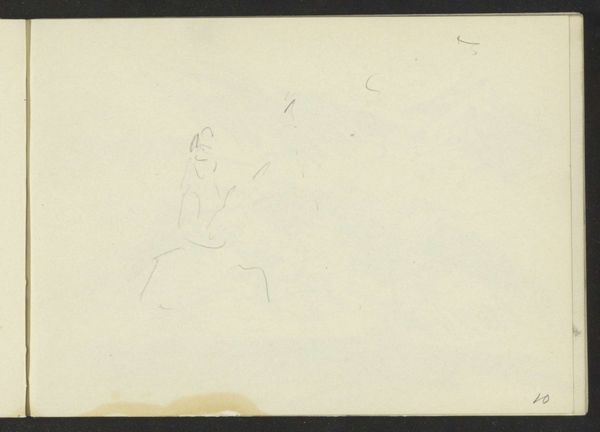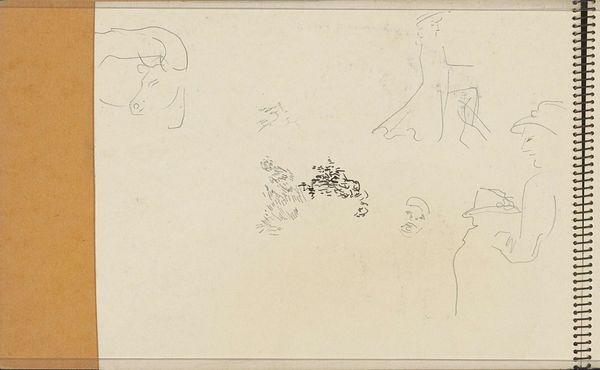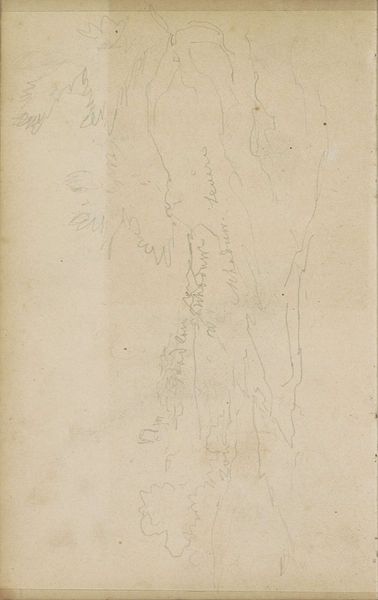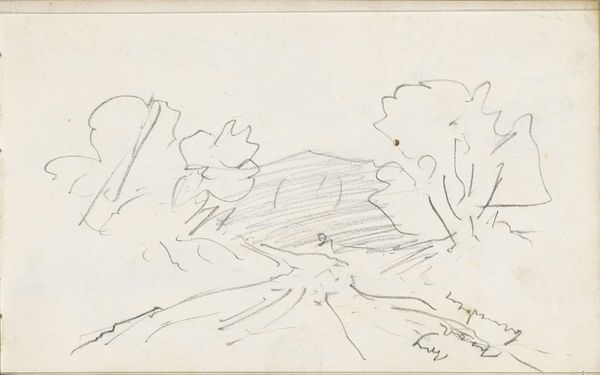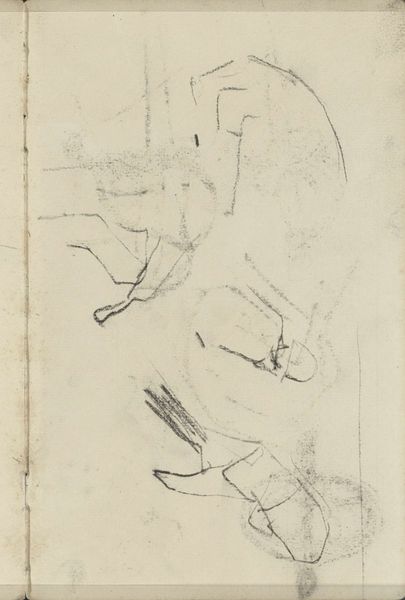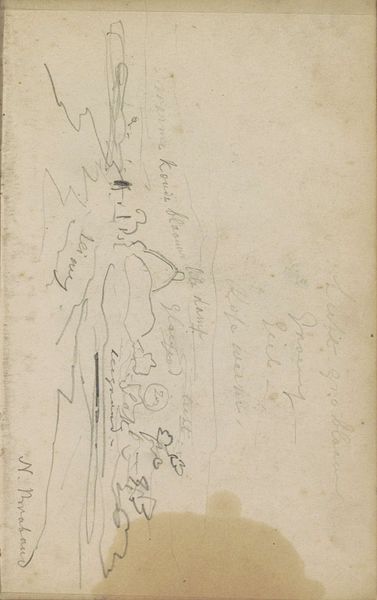
drawing, paper, ink
#
portrait
#
drawing
#
baroque
#
figuration
#
paper
#
form
#
ink
#
line
#
nude
Dimensions: height 299 mm, width 174 mm
Copyright: Rijks Museum: Open Domain
Curator: Jacob de Wit rendered this drawing, "Knielende vrouw, naar rechts in profiel," sometime between 1705 and 1754, using ink on paper. Editor: There’s a certain urgency to these lines. It feels immediate, almost like capturing a fleeting thought or a sudden movement. The use of simple lines to depict the female form is so raw. Curator: Indeed, it encapsulates the essence of Baroque figuration, doesn't it? De Wit emphasizes line, employing a rapid, almost shorthand notation to capture the form, paring down the human body to its essential curves and gestures. Do you sense echoes of classical forms, perhaps a Venus in miniature? Editor: Perhaps echoes. For me, the interest is not what it imitates, but how it is materially present: it really shows the labor of the hand, how the pen scratches the surface, the texture of the paper itself—it seems to embody a haptic kind of knowledge-making, one which precedes a formal finished version, the knowledge involved in sketching versus the application involved in finishing. I wonder about its context. Curator: Consider the 18th century and its burgeoning print culture; we see the Baroque ideal distilled down to replicable line. It's a reduction and democratization of form in a way. But let’s think more deeply. Note how the woman is kneeling: her posture indicates humility and perhaps supplication. Editor: Is she necessarily supplicating? This image is unfinished. It also appears without background. It also appears nude. If we interpret this posture of kneeling as humble without taking material context, this interpretation appears somewhat patriarchal, somewhat simplistic. It assumes a specific psychology for the kneeling nude woman of 18th century. Is she an odalisque for private collection or for sketching exercise? Curator: An exercise? Interesting! The rapid strokes, they seem to anticipate the Neoclassical era in their economy, yet the feeling they create strikes me as wholly Baroque. The ink itself possesses a certain gravitas, doesn't it? Editor: The ink offers permanence to a fleeting act; the material, the paper support is actually incredibly interesting and potentially more ephemeral than the trace itself. So it goes with capitalism. Curator: A worthwhile juxtaposition of viewpoints indeed, from enduring form to ephemeral commodity! Thank you. Editor: Indeed! That tension reveals much, not just about De Wit's time, but also about our own engagements with labor, form, material, and meaning in the contemporary moment.
Comments
No comments
Be the first to comment and join the conversation on the ultimate creative platform.

